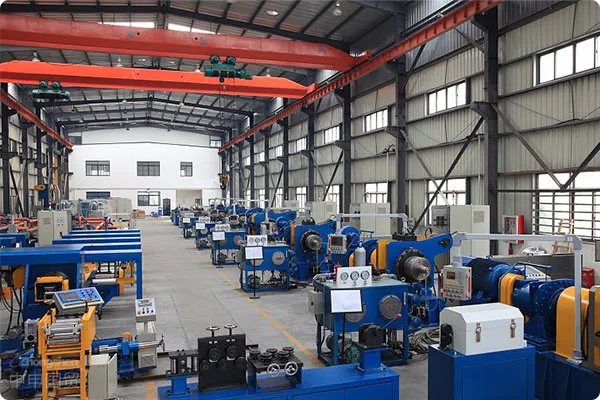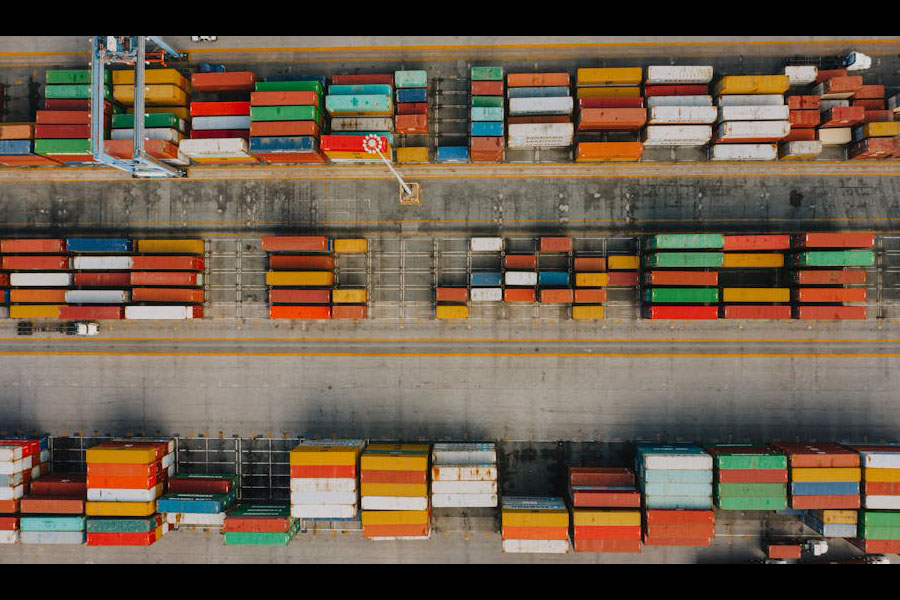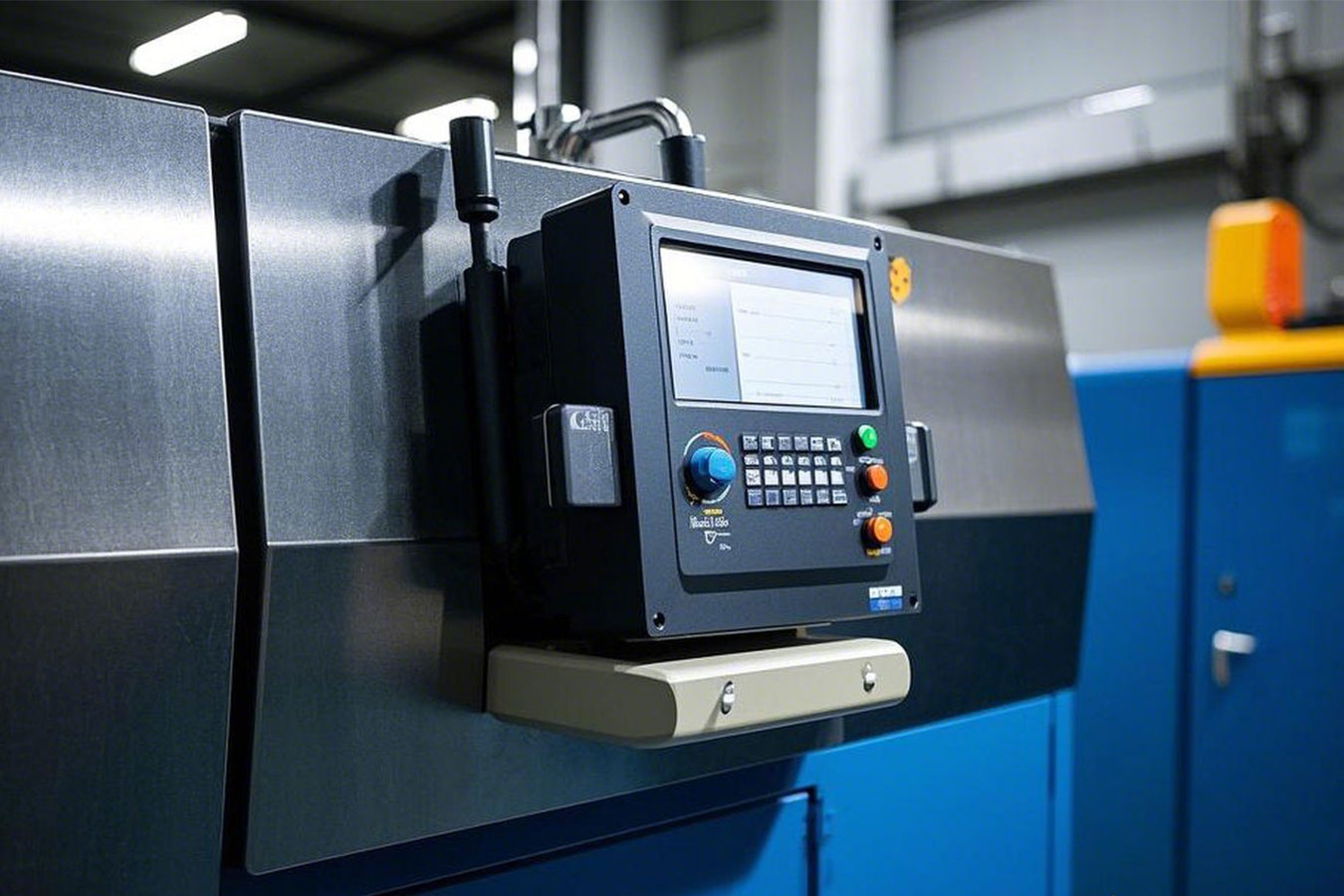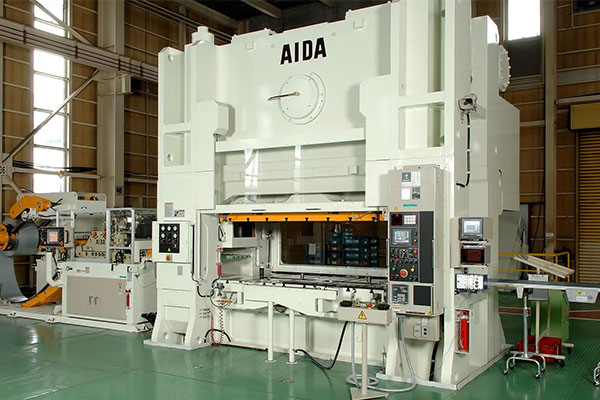- Shanghai Zhongshen International Trade Co., Ltd. - Two decades of trade agency expertise.
- Service Hotline: 139 1787 2118
With the deepening of the "Belt and Road" cooperation, the Russian market has seen a continuous increase in demand for Chinese construction machinery, food processing equipment, mining machinery, and other equipment. However, complex certification systems and special payment methods have deterred many exporting enterprises. This article will systematically outline the key nodes and risk response strategies in the entire export process from a practical business perspective.

Contents
ToggleI. Four Essential Preparation Steps Before Export
1.Market Access Certification Challenges
- EAC Certification: According to Customs Union Technical Regulations (TR CU), machinery equipment requires EAC certification (maximum validity 5 years). Note: Explosion-proof equipment additionally requires Russian GOST-R Ex certification.
- Sanitary-Epidemiological Certification: Food processing equipment must obtain hygiene certificates issued by Rospotrebnadzor (Russian Federal Service for Surveillance on Consumer Rights Protection).
- Case Study: A Jiangsu companys CNC machine tool shipment was rejected due to missing fire safety certification, incurring over 100,000 RMB in freight losses.
2.Product Localization Adaptations
- Voltage Standards: Russia uses 220V/380V 50Hz power systems—verify equipment electrical parameter compatibility.
- Cold Resistance: For Siberia regions, hydraulic systems must meet -40°C low-temperature operation requirements.
- Interface: Russian-language manuals and bilingual control systems have become market standards.
3.Trade Term Selection Strategies
- Recommended: FOB Chinese port or DAP Moscow to avoid Russian domestic transportation risks.
- Avoid DDP terms: Russias 20% VAT rate and complex customs procedures may incur additional costs.
4.Secure Payment Arrangements
- Minimum 30% advance payment, balance payable against bill of lading copy.
- Prioritize RMB/Ruble settlement to hedge exchange rate risks.
- Cover buyer default risks with China Export & Credit Insurance (Sinosure).
II. Six Core Risks and Countermeasures
1.Certification Expiration Risks
- Initiate certification renewal 6 months in advance.
- Maintain Eurasian Economic Commission official website query records as evidence.
2.Foreign exchange control risk
- Include exchange rate compensation clauses in contracts.
- Open offshore accounts for Ruble receipts.
3.Customs Detention Risks
- Provide complete HS code pre-classification opinion letter
- Include notarized Russian translation of packing list/invoice with shipment
4.Technical compliance risks
- Engage local law firm for technical standard compliance review
- Retain equipment testing videos as quality certification
5.After-sales service risks
- Establish spare parts warehouses in Moscow and St. Petersburg
- Train Russian engineer team with 72-hour response time guarantee
6.Political sanction risks
- Regularly verify End User List
- Purchase political risk insurance rider (85%-95% coverage)
III. Practical Experience: Three Operational Strategies of Successful Enterprises
- Establish localized legal entity
Registering LLC in Russia can reduce tariff costs (partialEquipment ImportsTariffs reduced from 15% to 5%) - Participate in government tender projects
Obtain infrastructure project information through Russias procurement portal (zakupki.gov.ru) and provide matching financial leasing solutions - Digital after-sales service system
Implement AR remote guidance technology, improving equipment fault diagnosis efficiency by 60%
Current strong demand in Russian market for construction machinery, agricultural equipment, and packaging machinery. With proper export methodology and reliable risk control system, Chinese enterprises can establish sustainable competitive advantages in this potential market. Recommended for exporters to regularly attend Moscow CTT Expo to establish direct contacts with industry buyers, while monitoring regulatory updates on Eurasian Economic Commissions official website to ensure compliant operations.
Related Recommendations
? 2025. All Rights Reserved. Shanghai ICP No. 2023007705-2  PSB Record: Shanghai No.31011502009912
PSB Record: Shanghai No.31011502009912










